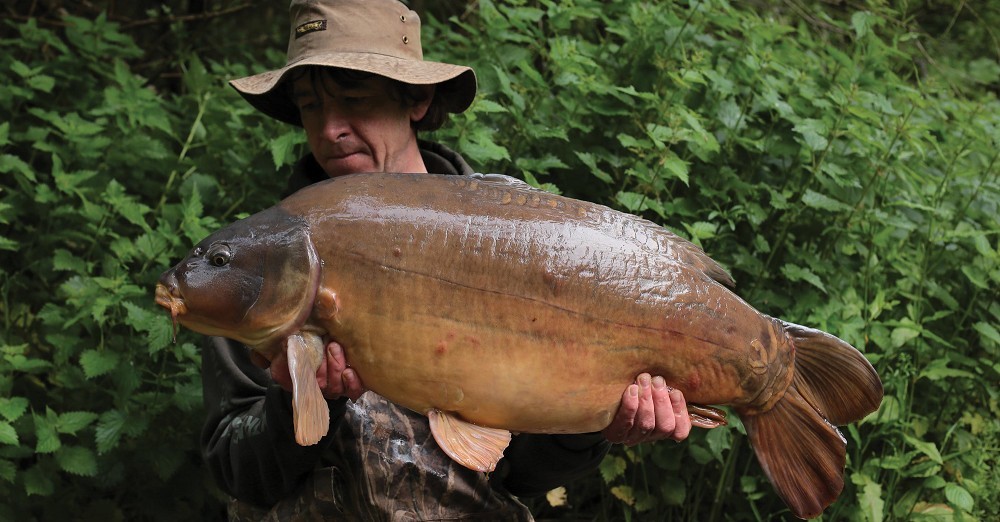
Bait to condition or to recognise?
Does taking advantage of opportunities produce more fish than the steady baiting of an area?
Question: Looking back across your many campaigns, do you think that taking advantage of opportunities on individual sessions has produced more fish than the steady baiting of an area? If so, do you think that the significance of baiting is to encourage the fish to recognise your bait, rather than condition them to feed on one spot in particular?
There’s no rules to this one, both styles of f ishing can be equally productive. I might go through a period of time fishing a regularly baited area on one of my rods, whilst the other rods are roved around, making the most of any signs and opportunities. Another trip, I might blow out the baited area halfway through my session and move swims onto fish showing elsewhere. It’s a bit of both, and very often during the same session.
Opportunist fishing, i.e. turning up, watching for signs and then acting on them, probably forms the bulk of my fishing, certainly through the spring and summer months anyway. If the water’s quiet enough for me to be able to regularly bait an area then sometimes that’s an approach I’ll take, especially in the autumn, once the nights and feeding spells are longer and pre-baiting tends to come into its own, but I’ve always found it far more effective if yours is the only significant baiting going on around the lake. If everyone’s doing it then I’ve generally found that I’ve been better off opportunist fishing instead, just taking things as they come rather than committing myself to one pre-baited swim.
Which approach to take is probably most dependent on the amount of time you’ve got available, and the length of your sessions. If I was fishing short sessions, maybe mornings, then I’d most likely just be using my eyes and trying my best to get a bait in exactly the right place for the short amount of time I have available, although even then, if my trips were regular I’d be making an effort to plink a few freebies out each time I left.
The other thing to think about is time limits. For example, at Wasing you have to move swims after 48hrs. I quite like it as it goes, much better than having to go home that’s for sure! The thing is, when it comes to deciding whether or not to give it the big ‘un with the bait, you have to make your mind up right away, and often it’s not until you’ve been in a swim for a night or so that you actually get a feel for that sort of thing. By that stage you’ve only got a night left and so you think twice about it. There are only ten swims on Cranwells and most have a regular turnaround of anglers, which kind of makes pre-baiting out of the question for most of the time too.
On the subject of whether pre-baiting works because it gets the fish regularly visiting a certain spot or whether it’s because it gets them used to eating a particular bait, again, it’s both of those things. The biggest influence is because it’s habit-forming, we’re making sure that the carp always know where to go to find some grub, but at the same time, building up their confidence in our particular bait is also a good thing. The more of those freebies that they eat, the more they’ll come to recognise it as a beneficial and safe food source.



